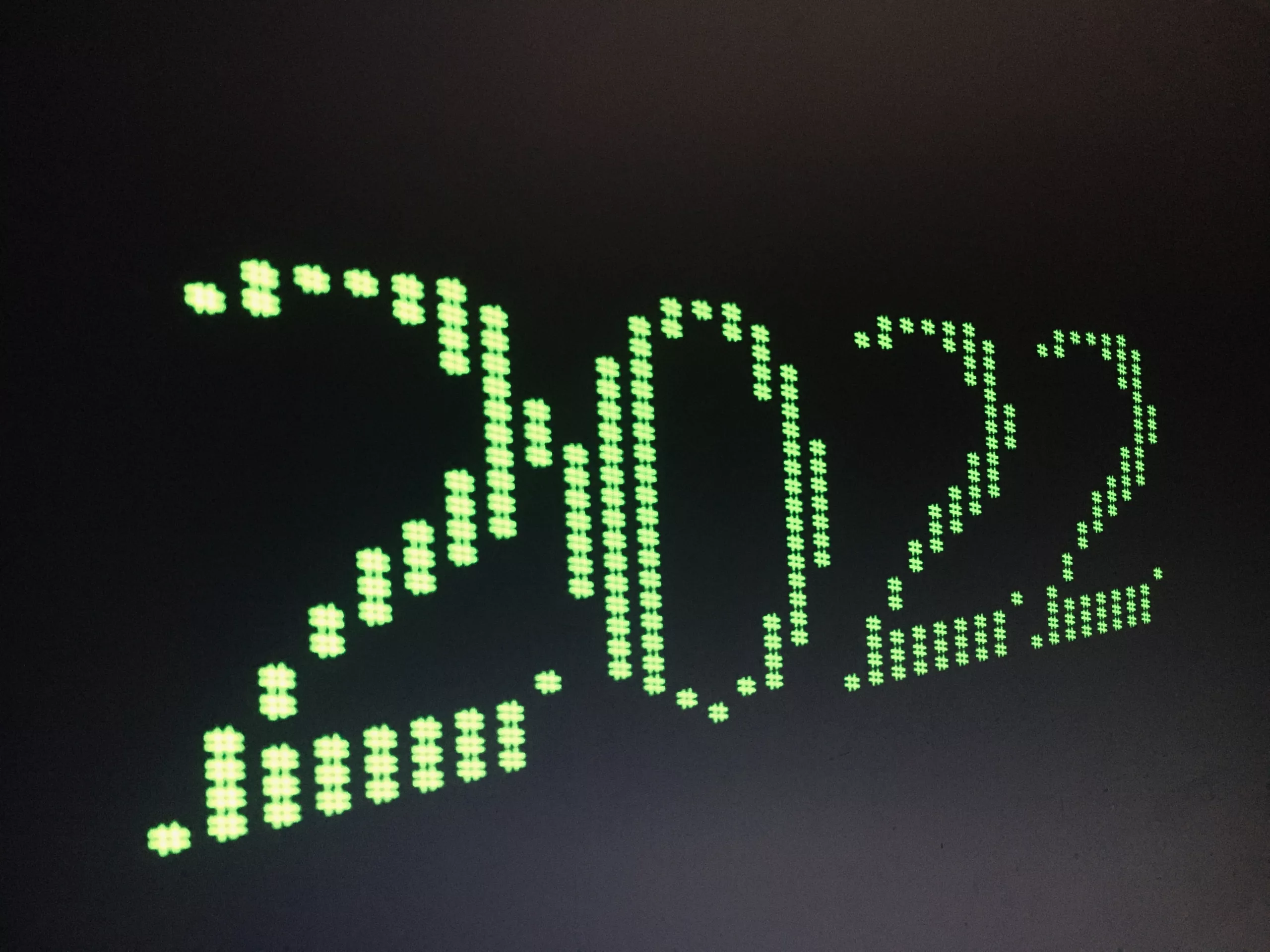An effective marketplace catalog is both dense and easy to read
=> Marketplaces: two priorities to develop an effective catalog
Let’s compare a marketplace to a virtual mall. As the site operator, you’re faced with the same challenges as real estate companies: how can you attract the best brands to your site? How can you achieve a satisfactory mix of products and services (ensuring product breadth and depth) to drive traffic to your doorstep?
Remember that there’s no such thing as a “small marketplace”: all marketplaces tend to grow quickly. Indeed, the strength of the model lies in its ability to connect a pool of sellers and a pool of buyers. Your profitability is directly dependent on this, since you receive a commission from each completed transaction.
It is therefore vital to establish the widest possible offering, without losing sight of your initial positioning. It must be easy for buyers to find what they’re looking for.
Let’s take a closer look at two big names in fashion, Asos and Veepee: we can immediately see that the quality of their catalogs has been key to their success. There’s one magic word: complementarity.
When Veepee launched its marketplace (called Brandsplace), the company initially started with a test focusing on two different sectors: homeware and wine. Positive results made it possible to launch other verticals.
Veepee’s CEO Jacques-Antoine Granjon emphasized this in an interview with capital.fr in 2019: “Veepee is already connected to brand platforms, by which I mean that we have access to inventories, photos and product specifications. Brandsplace is the next step: when a member comes to us but doesn’t buy, we can connect him or her directly to the brand via our Brandsplace which offers the best prices. In this way, we offer clearance prices on past collections and promotions on current collections.”
Asos, meanwhile, launched its Asos Marketplace platform eleven years ago. There were 20 sellers at the beginning and there are more than 1,000 today. This progress was made possible by the brand’s clear positioning and a catalog that fulfills the brand promise: vintage clothing, created by young independent designers and new talent from all over the world. Fashion inspired by 90s sportswear at affordable prices. And of course, the marketplace complements the Asos.fr catalog: it acts as an extension of the brand’s initial service, without any duplication or overlap.
As we can see, these two e-commerce giants have developed catalogs that complement their initial product offering. Whether you have an existing offering or you’re starting from scratch, the challenge is the same: the quality of your catalog. It’s key to success because it simultaneously attracts sellers while appealing to buyers. A “good” catalog is both dense and easy to read.
As such, there are two main principles you need to consider:
1. Offer a product catalog that appeals to the maximum number of vendors.
2. Ensure a taxonomy (a system of filters) of categories that’s sufficiently detailed for buyers while being sufficiently concise for sellers.
More specifically, your back office should be intuitive and easy for sellers to use.
Although they don’t all sell the same products, they need to be able to work out how to “match” their items with your categories quickly and easily.
We recommend having no more than three product categories at the first level. For example, choose two categories, literature and sport, for the first level: the distinction for “water sports” will only come into play on the second level and “sailing” will appear on the third level.
We recommend adding custom features: each operator can create as many as they want for their products’ various features. The better the taxonomy, the easier it is to combine different product features.
To take the previous example, “number of pages” could be a feature of the “literature” category.
The features will enable the buyer to carry out a quick search: they act as a filter in the search engine. They reassure the buyer as to the relevance of the available products.
IZBERG’s solution includes the “Mapper” tool: it makes the link between categories and product features. It automates the process for listing products online, something that is particularly interesting for bigger retailers.
With their wide-ranging product catalogs, marketplaces offer a major advantage which should be a key area of focus: enhanced SEO. You must make sure that you provide unique product specifications.
In conclusion, when it comes to recruiting retailers, don’t skimp! You need a dedicated team: this is a time-consuming activity that requires availability and expertise. This team must be excellent at what it does, because it is responsible for developing links with partner merchants.
Be savvy: identify and distinguish your best vendors, because they are strategically important to your marketplace. You can also encourage a real sense of community among your sellers: you can create collaborative spaces for them to share best practices, for example
Help your buyers to find their way
→ List all the products and services offered
→ Divide products into logical and consistent categories and sub-categories
→ Identify a specific semantic field for each category
→ Create an intuitive visual presentation
→ Provide effective filtering and search functions
→ Assess and optimize your catalog based on the feedback you receive


